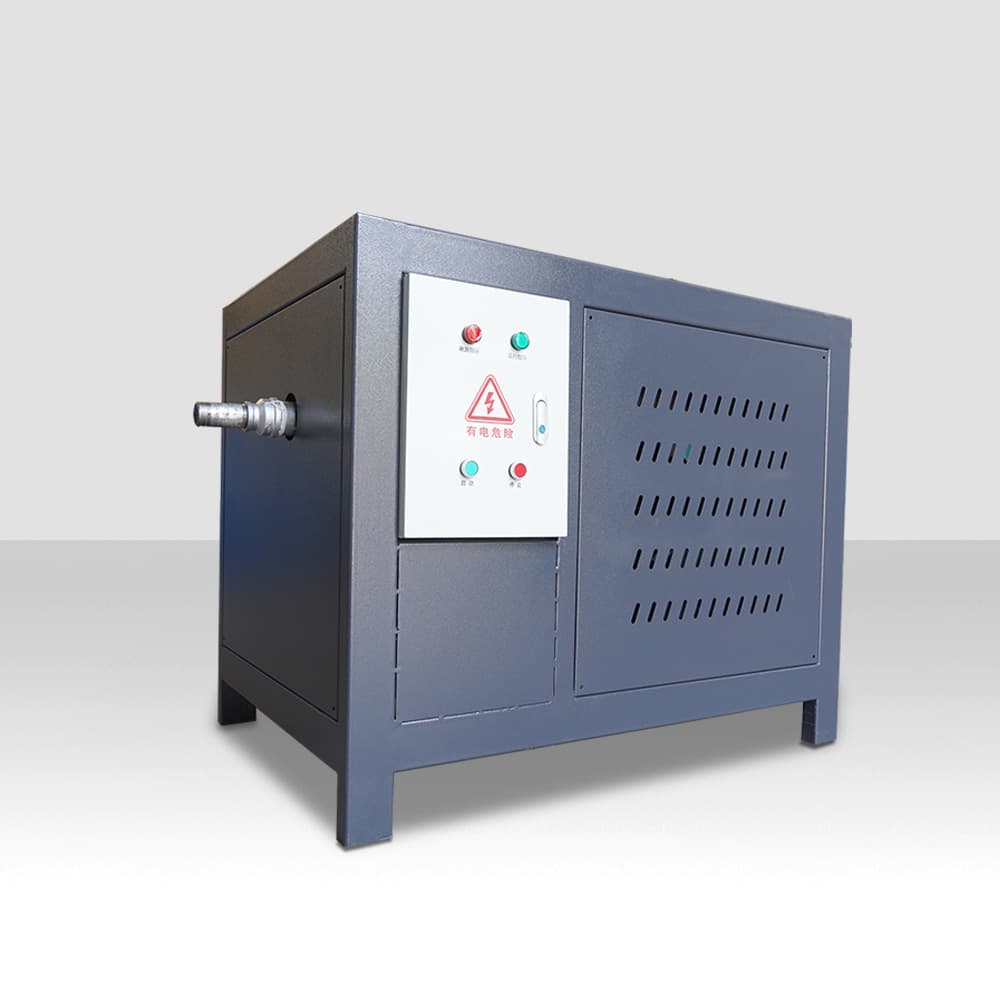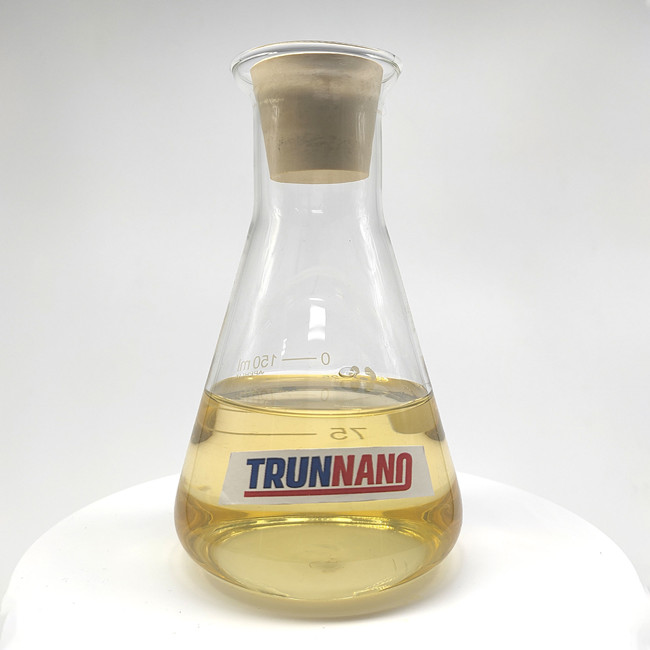Professional solutions on concrete addtives, Concrete Foaming Agent, Superplasticizer, CLC Blocks Additives, and foaming machine
(Cause Analysis of Shrinkage Cracking of Foam Concrete)
Excessive water absorption of foamed concrete will reduce the thermal insulation effect. From the preparation process of foamed concrete and the observation and study of the cross section of the hardened body, it is found that most of the pores in the foamed concrete are relatively independent closed pores. Therefore, the well-cured foam concrete is immersed in water. Its water absorption is mainly concentrated on the surface layer, and it does not have a large water absorption. The factors affecting the shrinkage, cracking and water absorption of foam concrete mainly include the following aspects:
(1) Influence of cement dosage
The volume of the solid phase of ordinary Portland cement increases during the hydration and hardening process, while the cement+water system shrinks. Secondly, the thermal effect is accompanied by the cement hydration process, which causes the initial volume expansion and shrinks when cooling, resulting in an increase in the apparent shrinkage. In addition, there is a phenomenon of self-shrinkage caused by self-absorption of water in the process of cement hydration. Therefore, under normal circumstances, if other conditions are basically the same, and the amount of cement increases, the shrinkage of foamed concrete will also increase accordingly. And cement is also one of the important factors to ensure strength, so there is a suitable range of cement dosage.
(2) The influence of the type of cement
Not all the volume of cement before and after hardening shrinks, the volume of expansive cement before and after hardening not only does not shrink but swells. Therefore, if an appropriate amount of expansive cement is used, the overall shrinkage of the foamed concrete can be compensated or reduced to a certain extent. However, expansive cement not only affects the volume change, but also affects a series of other properties. Excessive introduction will cause structural damage to the hardened foam concrete. Therefore, the type and amount of expansive cement must be determined through experiments.
(3) Influence of aggregates
Experiments and actual engineering statistics show that the shrinkage rate of ordinary cement concrete is the smallest, the shrinkage rate of cement paste is larger, and the shrinkage rate of foam concrete is the largest. This is because ordinary concrete is mixed with a large amount of coarse aggregates with constant volume, and the total volume of cement paste without aggregates decreases before and after hardening. Foamed concrete shrinks the most, on the one hand because there is no coarse aggregate in it, on the other hand because it contains a large number of pores, most of the gaps are filled with water, and the appearance shows volume shrinkage as the moisture in the pores escapes during use. . It can be seen that adding aggregate is undoubtedly one of the measures to reduce the shrinkage of foam concrete.
Only a part of fine aggregate can be added to foam concrete. At the same time, due to the chemical inertness of aggregates, excessive addition will lead to a significant decrease in the strength of foamed concrete, so its content is limited to a certain extent. When the technical parameters such as density and water-cement ratio of foamed concrete are basically determined, the amount of fine aggregate will increase and the amount of cement will decrease.
(4)Influence of water-cement ratio and maintenance regime
The moisture loss and drying shrinkage test results of foam concrete at 60℃ show that the water escape and the shrinkage of hardened foam concrete have obvious and close synchronization. This shows that the water escape directly leads to the shrinkage of the foam concrete, and when the water stops escaping, the foam concrete also stops shrinking. According to the classical cement chemistry theory, the amount of water required for complete hydration of cement, that is, the theoretical water-cement ratio should be 0.38, while the molding water-cement ratio of foamed concrete is often as high as 0.7 or even 0.8. The excess water will remain in the pores of the hardened foam concrete, and this part of the water accounts for about 1/2 of the molding water. Once the surrounding relative humidity is low or the ambient temperature is high, the moisture evaporates and then escapes. Especially in the early stage of hardening, the structure of foamed concrete is still relatively weak. If the maintenance is not good, moisture is easily lost, resulting in large shrinkage and surface cracking, weakening the internal structure of the hardened body, and causing high water absorption of hardened foamed concrete. Accordingly, the initial water-cement ratio of foamed concrete becomes a prerequisite for the shrinkage of hardened foamed concrete. One of the key technologies for preparing low-shrinkage foamed concrete is to control the low water-cement ratio.
(Cause Analysis of Shrinkage Cracking of Foam Concrete)







